When it comes to outfitting your home with smart products, it’s easy to become overwhelmed by the massive list of products available on the market. Every manufacturer is telling you what they want you to know, but nobody is really telling you how it all comes together. If you are new to the home automation world and would like to read up on what products are available, check out our article on The Ultimate Guide to Everything Home Automation. We have detailed an in-depth outline of the top names and products available on the market and how we feel they compare.
If you don’t have time to read through 50-some-odd products and are looking for a quick overview of what you will need to build your smart home (without taking out another mortgage) then this is the list for you. Simply put, these are the products we recommend, the products that we install everyday, and the products that integrate seamlessly together to give you almost complete control of your entire home. Assuming you have an entry level budget, you are limited to exactly how big of a system you can build, but most of these products will exceed your expectations on your average 2000 square foot home.
The Smart Bridge
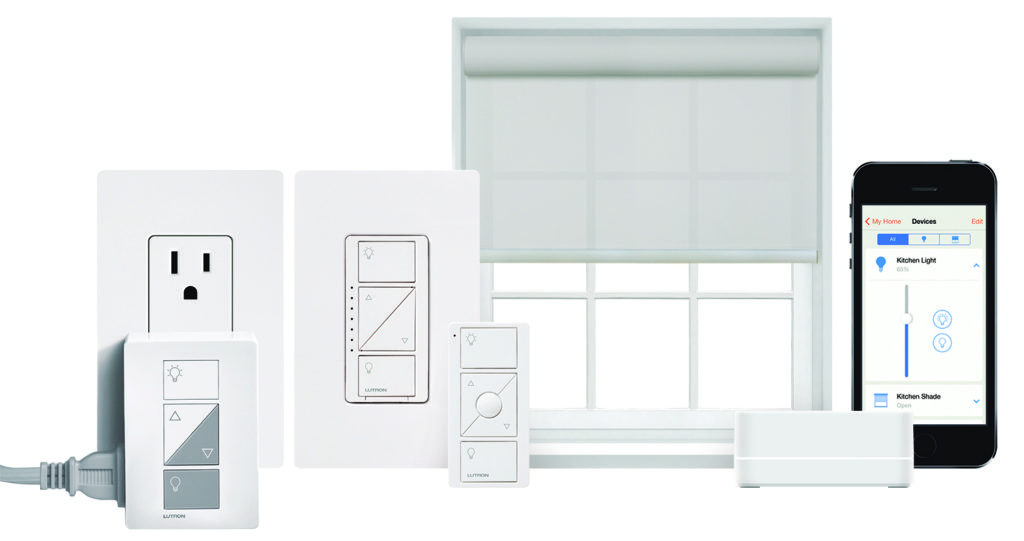
The first thing we need to start with is the Smart Bridge or Hub. The hub is the centralized brain of your entire system; it is what connects your system to the internet and allows all your individual products to communicate to one another.
There are two major players in this field rallying for the top spot. Lutron Caseta Pro and Samsung Smart Things. Our choice is simple and always the same, Lutron Caseta Pro.
Lutron invented the Triac Dimmer (modern dimmer switch) back in the 1950’s and from that day has been the world’s leading manufacturer in lighting control. Lutron is compatible with the most LED manufacturers and offers the best dimming function available on the market today.
If you have ceiling fans in your home, Lutron has smart fan control, so there is no need for pulling strings and guessing the speed of your fan. Everything can now be controlled from your phone.
Lutron communicates using its proprietary Clear Connect technology sending its signals over a dedicated radio frequency. This channel is only used by Lutron and its devices, allowing for uninterrupted communication of your lighting control. Other brands communicate over Wifi, Zigbee or Z-Wave, which operate on a much busier and less reliable frequency giving Lutron the clear advantage when it comes to lighting control and reliability. The other companies also use a mesh network which can delay signals and slow down the entire system. Imagine your wifi strength when 4 people are trying to stream netflix all at once.
If that is not enough to convince you, Lutron also offers complete lighting control with their integrated shades, blinds and drapes. The Lutron blinds are hands down the most reliable and quietest shades on the market. Lutron’s patented Hembar Alignment means all your shades open and close at the same time and same speed. This all adds up to Lutron shades being head and shoulders above the competition.
If you are unsure of the right system for your home, call a smart home professional in your area to create the perfect plan to suite your needs and budget.
The Virtual Assistant
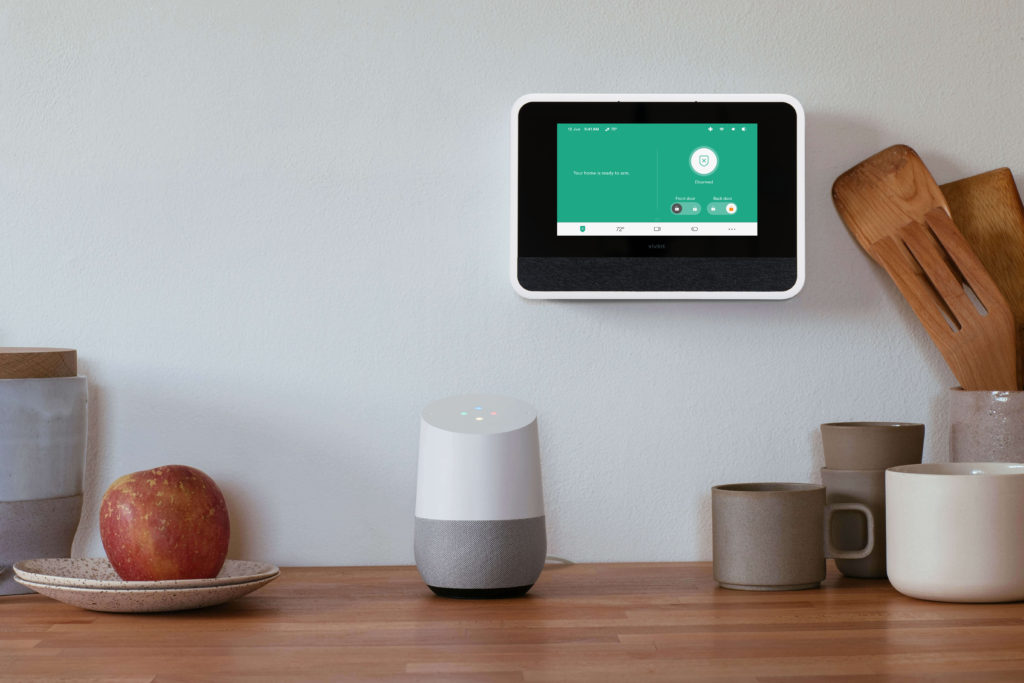

The virtual assistant will be your hands-free link into communicating with your smart home. We recommend the Google Home and Google Nest Hub. Google Assistant is by far the most reliable and advanced AI assistant on the market today. It is also what ties all aspects of your smart home together! Using both the Google Hub and the Google Home App.
Google understands basic commands, has the ability to have a decent conversation, answer regular questions as well as tell family friendly jokes.
The first Google Home you buy should be for your kitchen. This is where most of the action is in your home, and where she really comes into her own! You can use it to set timers and reminders while cooking, get conversion help when reading recipes, translate words or phrases into another language for you, play music, dim the lights, turn on the fan, unlock the door, show you your cameras AND if you have multiple Google Homes throughout the house, then you can use them as an intercom system to communicate between rooms without having to yell like a maniac.
Our favorite feature of the Google Home is its ability to integrate with the Google Nest Camera system and the Nest Doorbell. When you have someone come to your door, your Google Home will announce who is there, allow you to answer back to them, push the video to your TV, and unlock the door. With Nest cameras installed, you can ask Google at any time to show you a live feed of any of your cameras.
The Google Assistant is the key to tying all your devices together with seamless voice control.
For a more in-depth guide into the different virtual assistants available on the market, you can read about it on this Ultimate Guide to Virtual Assistants
The Smart TV
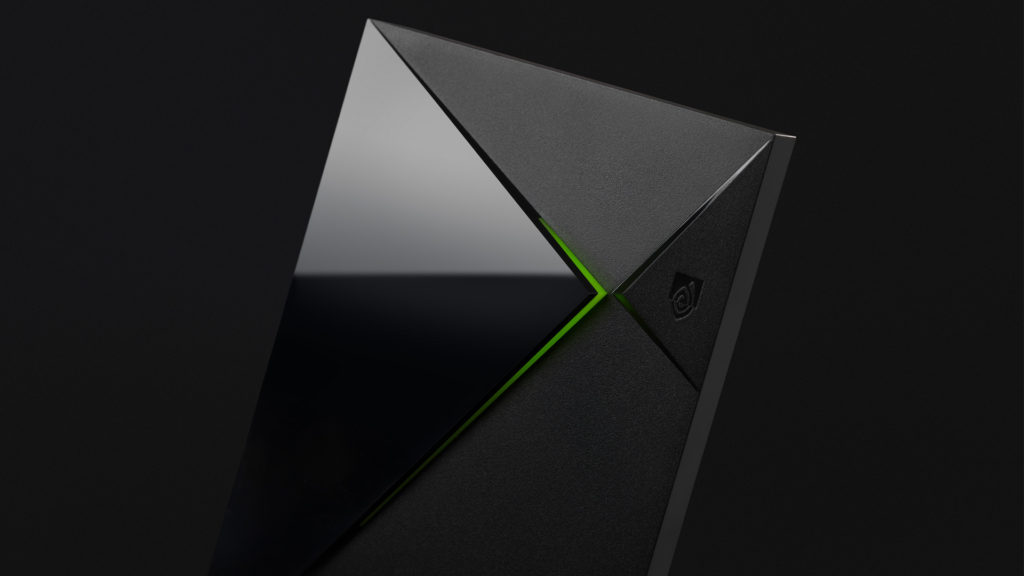

As we mentioned earlier, the Google Home is able to push video directly to your google enabled TV, but that is only possible with a Smart TV. Having a connected home is not complete if you cannot maintain that vocal command of your TV and media.
If you do not have a Smart TV, then we recommend adding either a Google Chromecast or Nvidia Shield TV box into your media center. The Google Chromecast or Nvidia Shield are what allow the Google Home to automatically turn on your TV so you can live stream the feed from your Nest Camera or Doorbell. These streaming devices also allow you to search YouTube and a host of other channels and activities without having to pick up a remote. We choose the Shield over the Chromecast because it is a much more robust system allowing you to download and play games, stream TV, movies, and operate online apps such as Kodi with ease!
The Speaker System
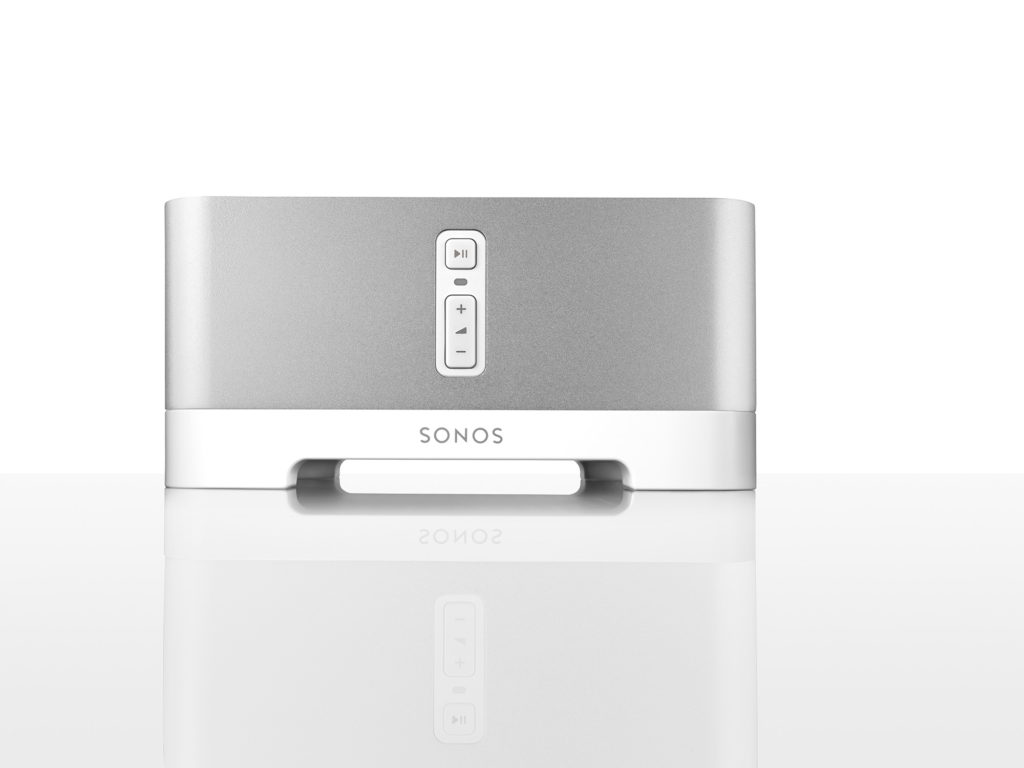

Since we just went over the Smart TV, it’s only fair to jump directly to the music streaming and speaker system next. If you are happy with the sound quality of your Google Home and do not want to add a larger system, then simply having Google Homes throughout the house will do the job well.
But maybe you prefer to have your house sound like a night club! That means you will want the ability to stream different music in every room or all the same music through out the house. The company leading the pack is Sonos. Sonos is a simple system that allows the streaming of music over your Wifi network, not through Bluetooth. Using Wifi rather than Bluetooth allows for full quality sound and less dropped signals than a Bluetooth connection. You can start with one speaker and slowly add in sound bars and speakers to every room as required. The Sonos Amp is great to add on if you already have a receiver and in-wall speakers in your home and are looking to add that connectivity and integration. Sonos also makes it is easy for anyone who comes into your home to connect to the system and play music from their device. As long as they are connected to the same network as the Sonos, they can stream music through airplay or through the app.
Sonos integrates seamlessly with Lutron, and even allows Lutron to set schedules and scenes to include music into your schedule. If you do not have your smart phone available, you can control your Sonos speaker from a Lutron Caseta Pico for full wireless control. Currently Sonos equipment comes equipped with Amazon Alexa and Google Assistant built right in, so adding a Sonos system to your home works perfectly with whatever products you choose to go with. Having the virtual assistant built in gives you the freedom of voice control over your music and much better sound quality than the speakers that come with your assistant. Our favourite speaker is the Sonos One in the bathroom! With virtual assistant activated, you can tell Google to change songs, turn the volume up and really rock out in the shower without worrying about getting your phone wet!
Music Streaming
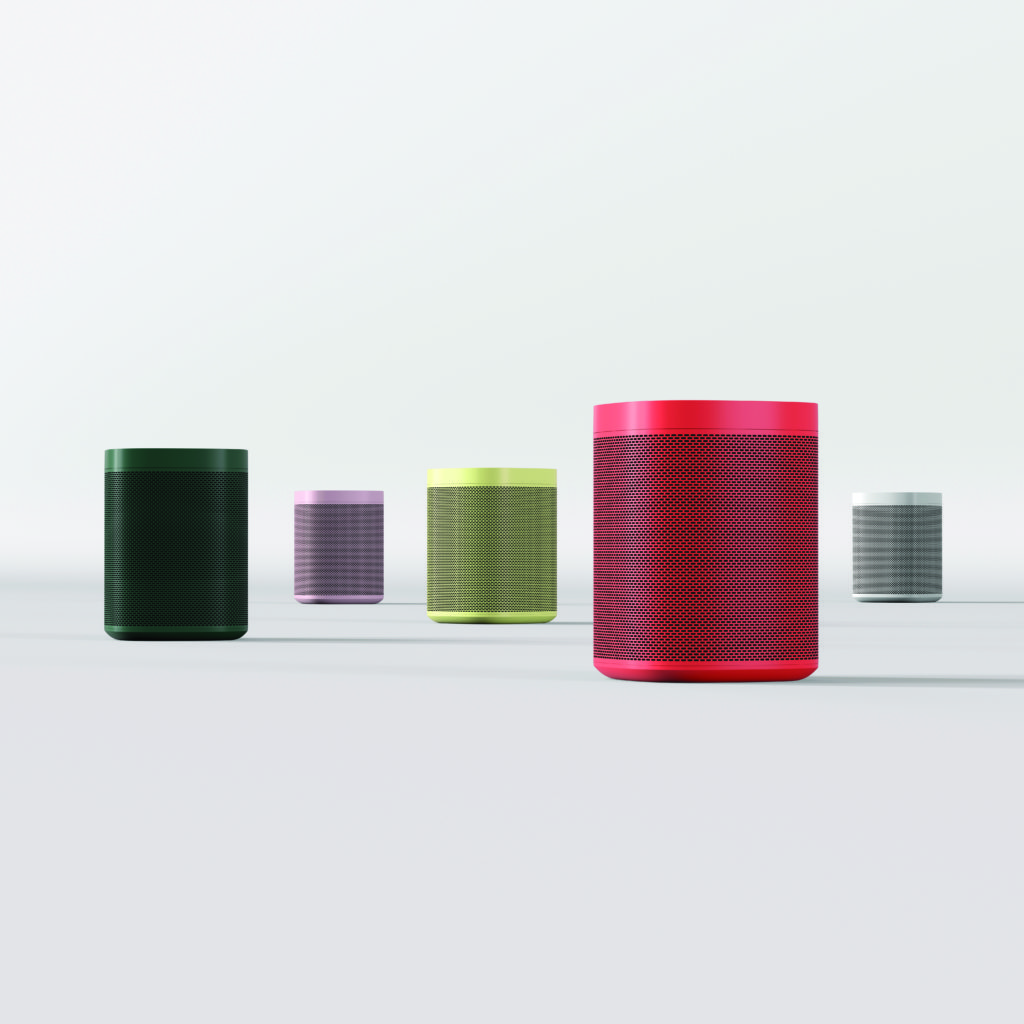

Sorry Apple users, this is one category you simply cannot try and win. Not unless Apple decides to start playing nice with others! When it comes to music streaming, Apple Music is a great service, but it really falls short when trying to integrate with other systems. Apple likes to keep its subscribers and users all to themselves instead of working with other developers in the field. Unfortunately, when it comes to Smart Homes, playing well with others is a very important lesson unless you can do absolutely everything.
We recommend subscribing to Spotify. Spotify has one of the most extensive online libraries of music, streams in high-quality and allows downloading of the music to be used when offline. The main reason we choose Spotify over the competitors is its ability to integrate with Google as well as with many other Smart Home developers. At any time, you can simply yell out “Hey Google, Play Ed Sheeran” and through your Spotify account, instantly start streaming your favorite songs and playlists.
The Thermostat
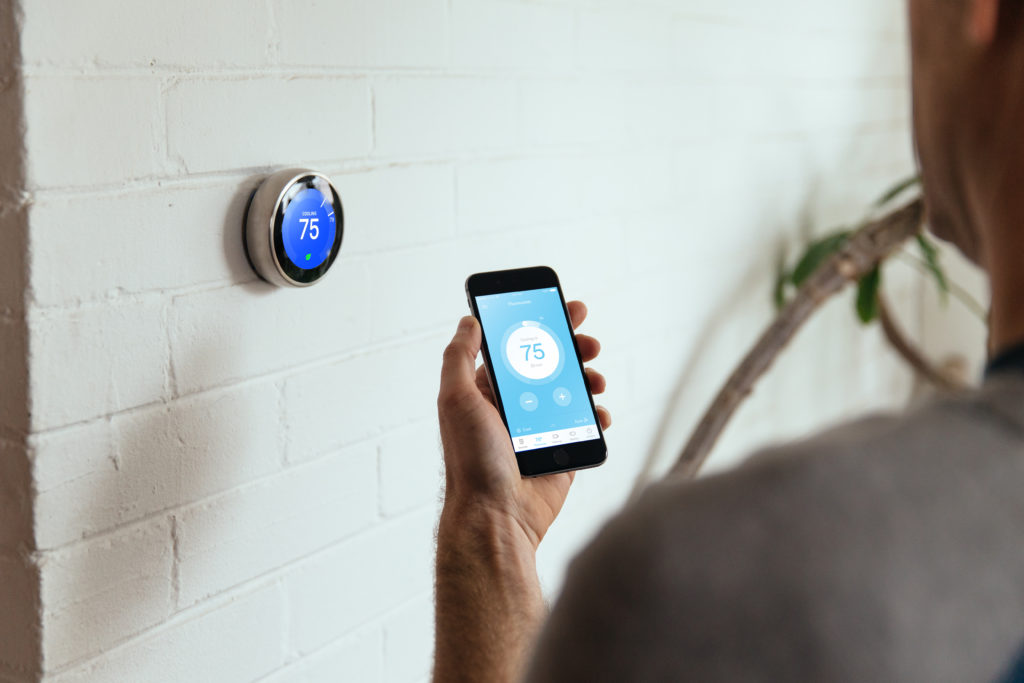

What is the point of completely automating your home, yet still having to get up and manually turn the heat up and down? For this category we have two winners, Nest and Mysa. For those of you with a central furnace, boiler system or radiators, you most likely have a low-voltage system and will want to go with the Nest Learning Thermostat.
If you have electric heating or a high-voltage system, then your only option is the Mysa thermostat.
For electric in-floor heating, we love the Canadian thermostat out of Newfoundland made by Mysa! It allows remote control, scheduling and integrates perfectly into your smart home system!
If you want to read more about smart thermostats, read through our Ultimate Guide to Smart Thermostats to get a full run down of what is available and how they stack up.
Nest is by far the smartest thermostat available on the market. They are the pathfinders in the industry and really paved the way for all smart thermostats to try and copy. Nest has too many features and functions to list, so we will stick to the main features. It has built in motion sensors to sense if anyone is in the home, and it uses these sensors to assist with Home/Away Assist. Home/Away Assist ensures you do not waste energy when nobody is home. Nest is one of the only thermostats that has a self-learning function. There is no need to program the thermostat, all you have to do is use it, all the time, for a week or so, and Nest will learn your patterns and create a schedule for you. The more you use it, the better it gets. With its built in motion sensors, it learns when you are home and when a room is empty to really build the perfect schedule. The final feature that we love with Nest is called Far Site. Far Site is a feature that allows you to control what the thermostat displays when you walk by it. You can have it set to display the time, the weather, the temperature, or just an analog clock.
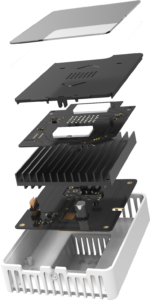

For those of you with electric baseboard heating, there are a couple products available, but none of them have as many capabilities as the Nest thermostat (they are also half the price because of this). The Mysa smart thermostat is the first of its kind and the best product available when it comes to line voltage smart control. Mysa integrates with Google and Lutron as well as taking advantage of Geo Fencing to ensure your heat is off when you leave the home. Mysa is a proud Canadian company with an excellent warranty and the best customer service available.
The Smart Door Service
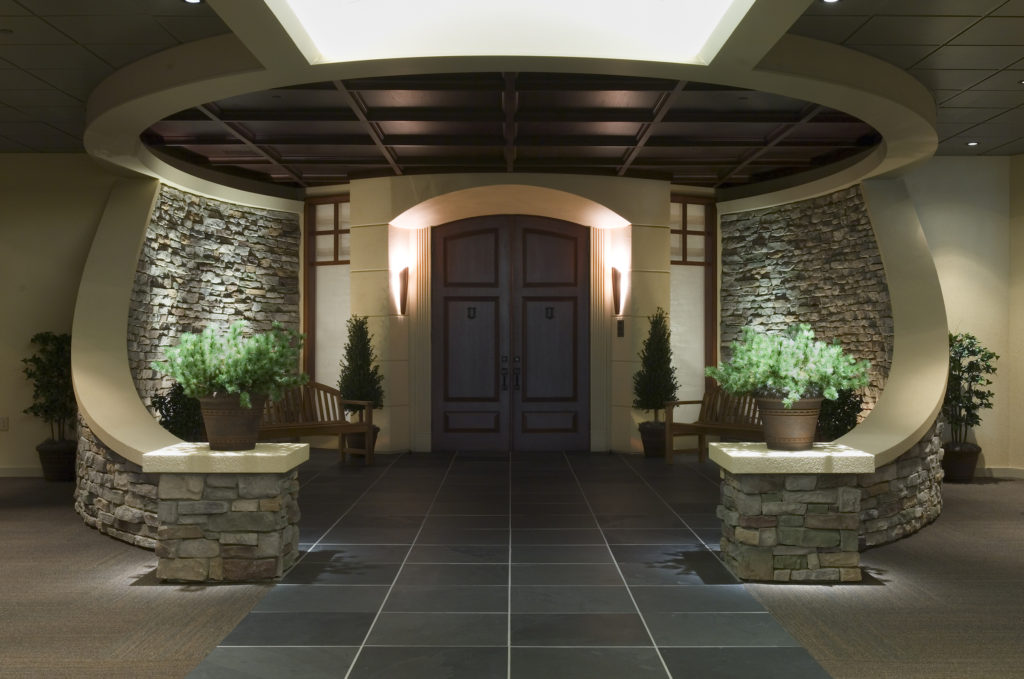

This is one of the sections in the Smart Home industry that really should be viewed as one category. Too many people buy into one brand of camera, one brand of doorbell, and a third brand of door lock, only to find that none of them integrate together and none of them really work properly. Our recommendation is to consider your cameras, doorbell, and door lock as one big product called ‘Door Service’.
As we previously mentioned with the Google Assistant, our favorite feature is its ability to work with the Nest Doorbell. The Nest Hello Doorbell is the most expensive, but also the highest quality product when it comes to video doorbells. The one stand-apart feature, besides seamless integration with the rest of the system, is the fact that Nest Hello is the only video doorbell to have its Wifi receiver built into the doorbell chime rather than built into the doorbell. This means your connection is always stable as the receiver is in your home, and the developers were able to install proper sized components as they were not trying to cram everything into the doorbell.
A complaint we always hear from our customers is that when someone goes to ring the doorbell, they have delays, they miss the calls or the doorbell does not have a connection. What is the purpose of a video doorbell if it is waiting for someone to ring the bell in order to try and push a connection to Wifi and your phone? It seems like waiting until that moment is a little too late… not that we want to call anyone out. To read more about the ins-and-outs on the topic, look through this Ultimate Guide to Smart Doorbells.
The Smoke Detector and Alarm
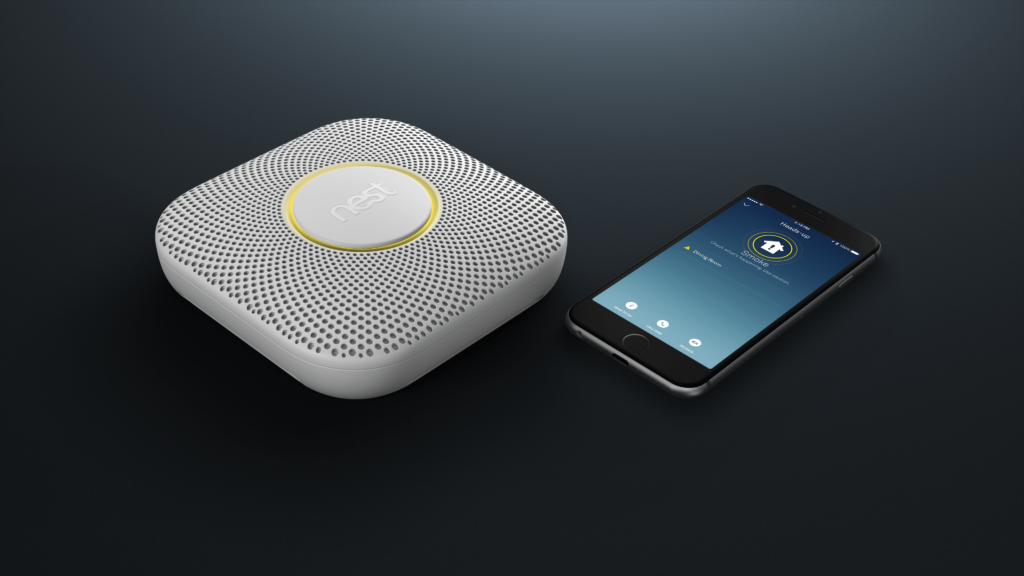

This is another section where there really is only one major player. Google Nest with its smoke and CO2 detector and the alarm system are just head and shoulders above the competition. The Nest Protect comes in either wired or battery options so you can easily bring your home up to today’s codes and standards without tearing walls open. The best function is that they wirelessly interconnect with each other, so if there is a fire in one room, all the alarms will go off at the same time. Since Nest integrates with your Lutron lighting system, in the event of an alarm, your lights will turn on and shades will open to assist the occupants in getting out of the house quickly, easily, and safely! As most homes have a smoke detector in the hallway between the bedrooms and bathroom, Nest Protect has a night light function that emits just enough light when it senses motion so there is no need to turn on the lights for those late night trips to the loo.
The Alarm is still not available in Canada because of security laws, but from what we are hearing from our southern neighbors, when it does arrive it will be worth the wait.


